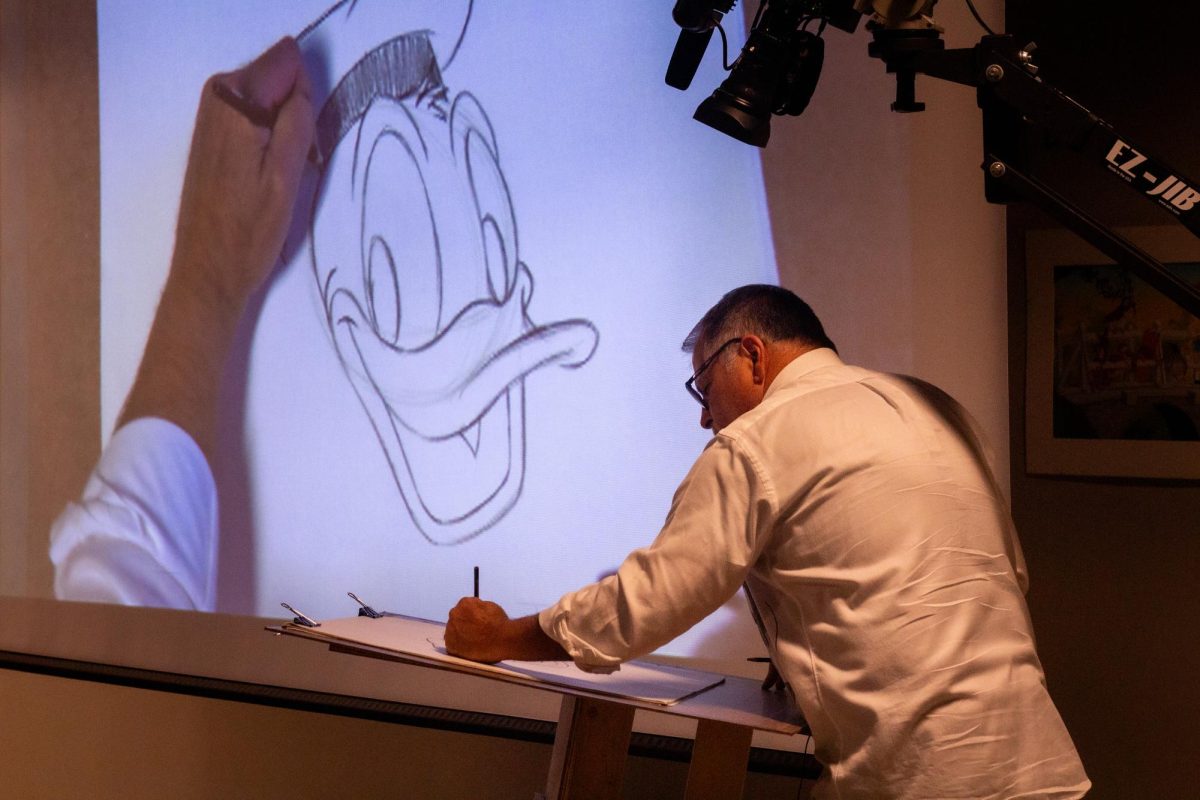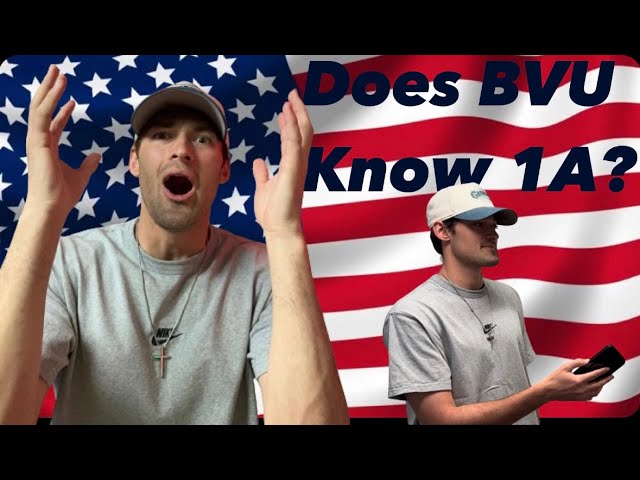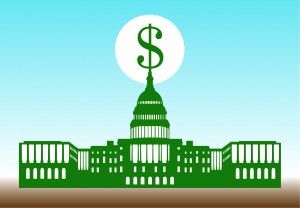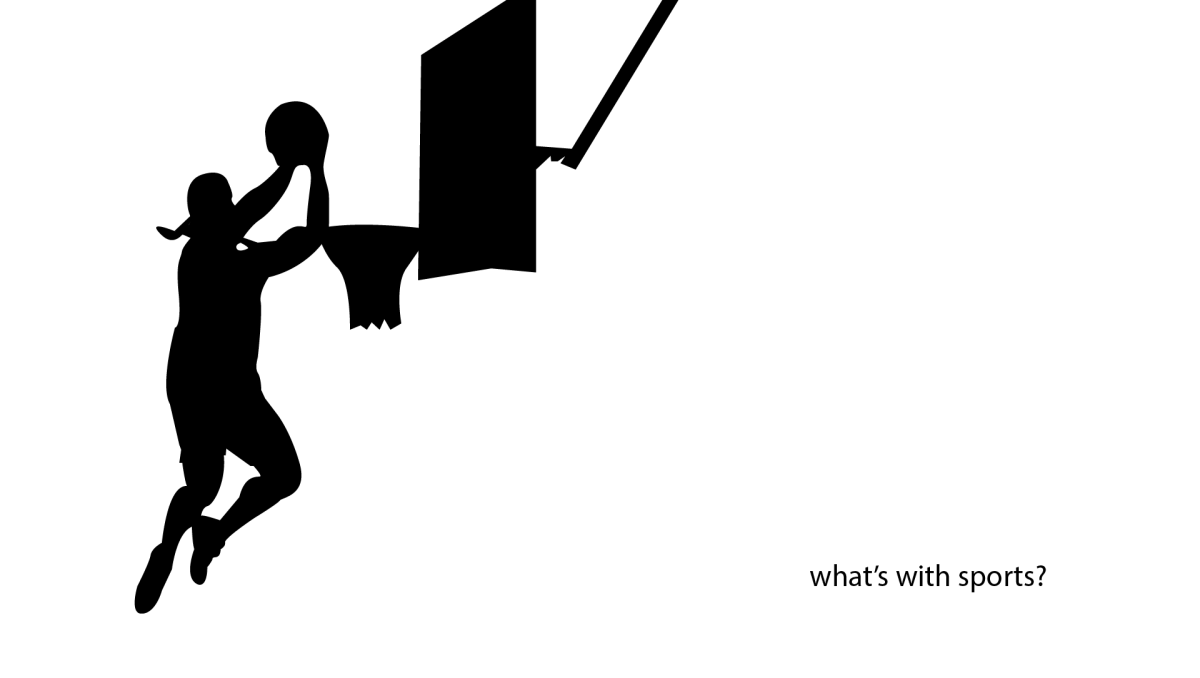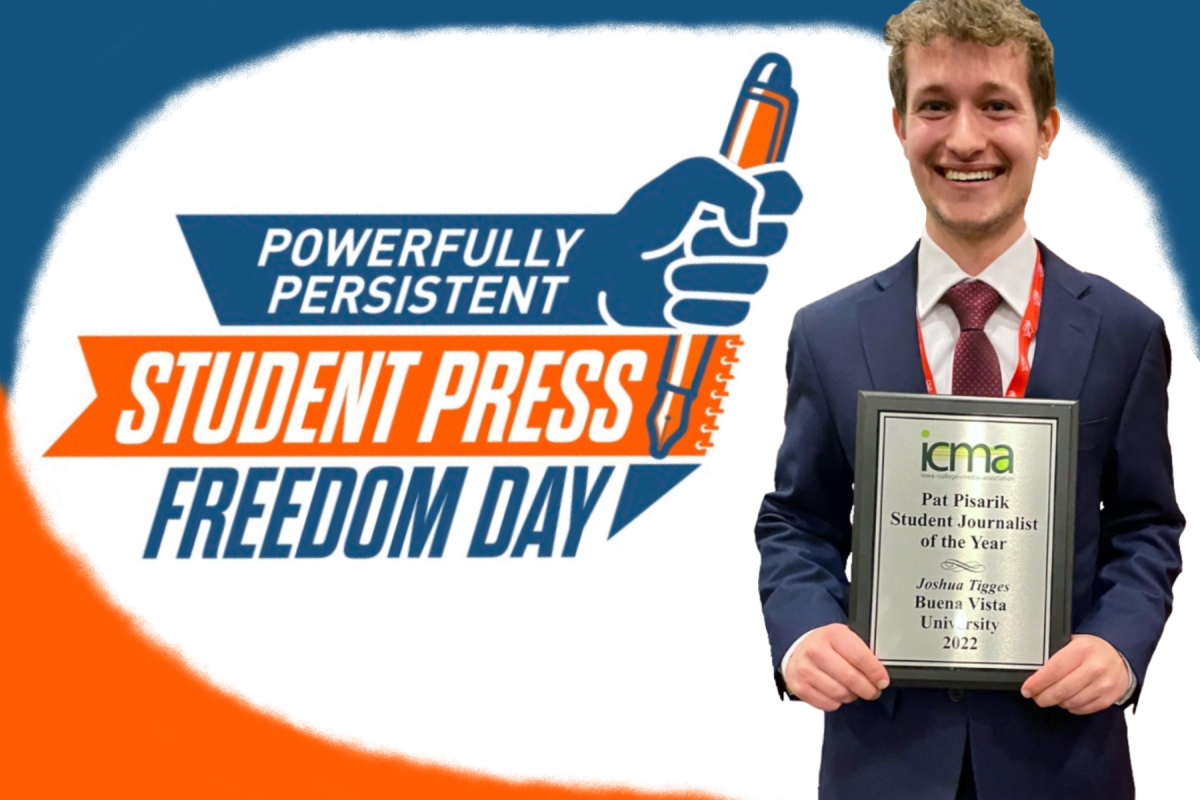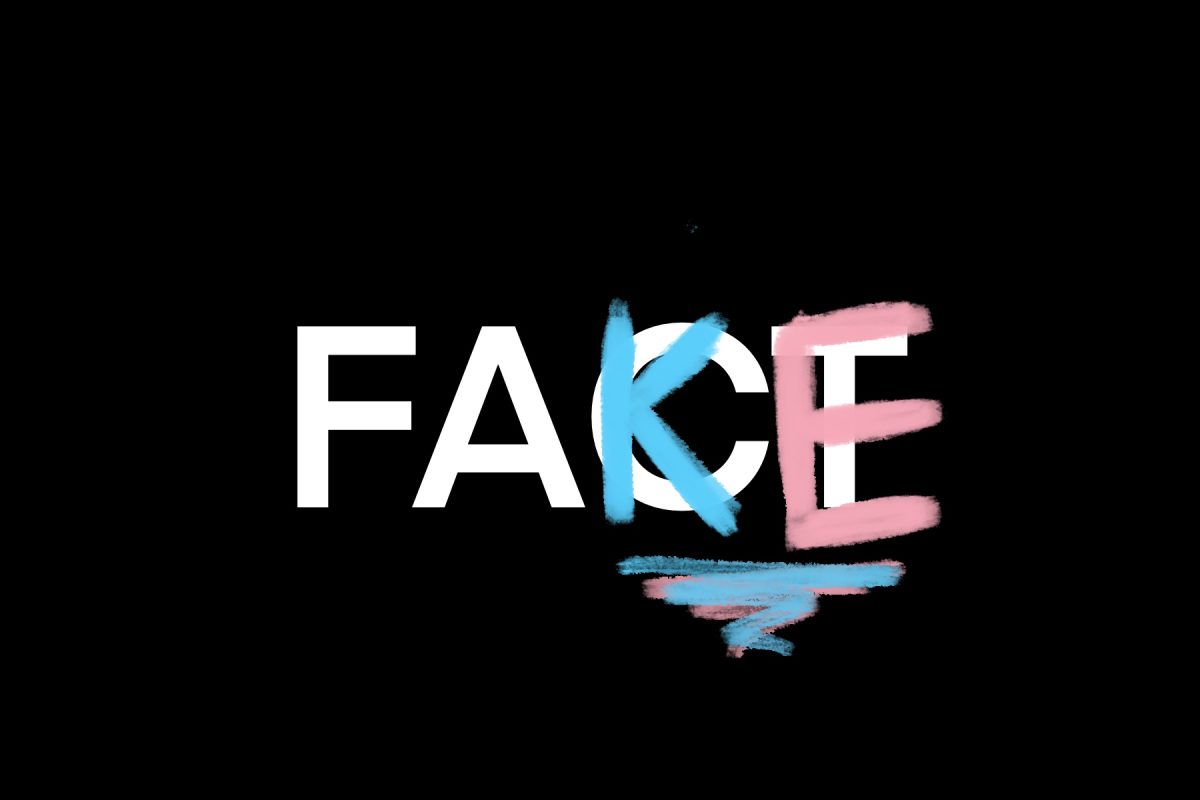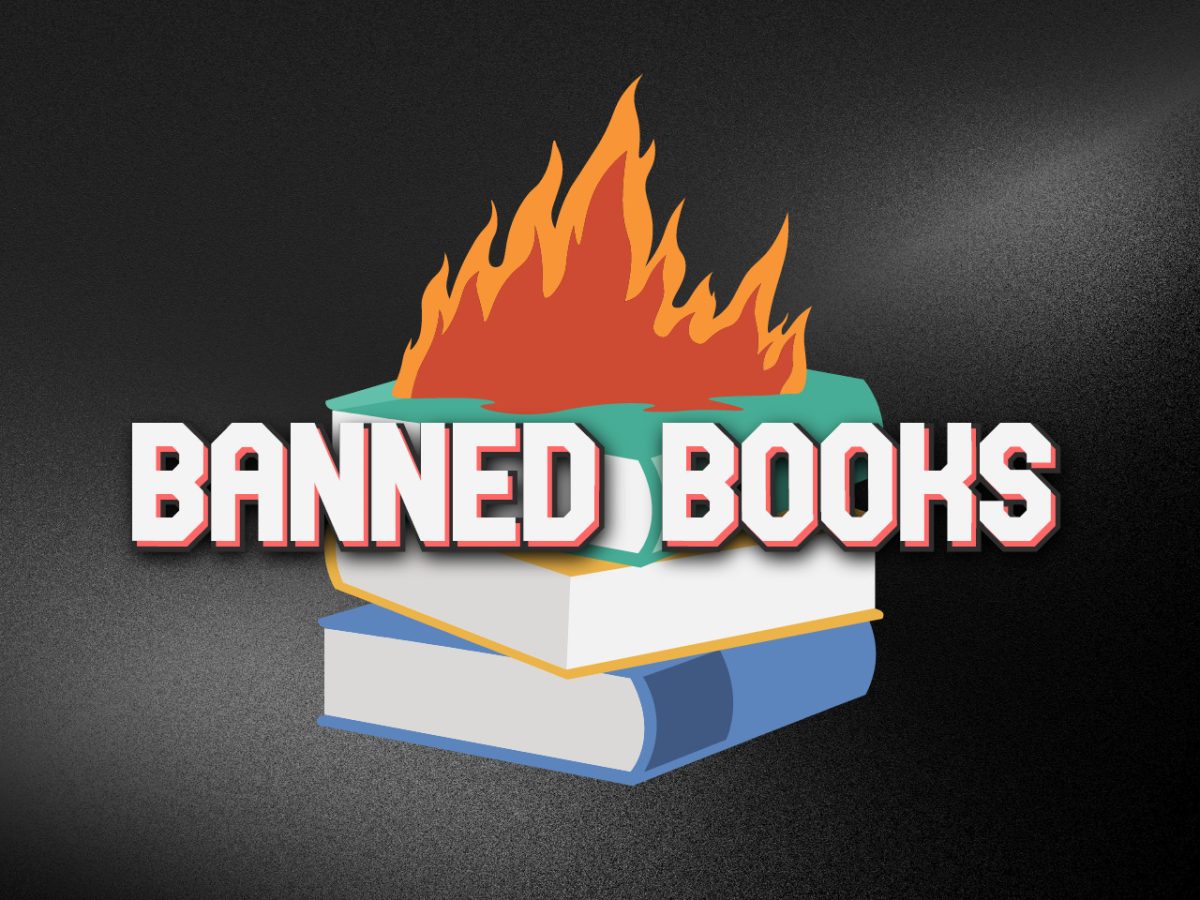Chase Werden | Contributing Writer
College is expensive. Many college students, especially students here at Buena Vista University (BVU), are looking for as much scholarship, grant, federal, and state money to make college more affordable. President Barack Obama realizes this problem of college becoming increasingly unaffordable and has recently unveiled a new plan to curve costs of education and make it more affordable for everyone.
How is he going to do this? He lays out a few ideas on the White House website for everyone to see. He wants to double investments in Pell grants; he has increased the maximum Pell grant to $5635, up $905 from 2008. This is a good thing as there are many students who benefit from this program. The Pell program is truly an investment in the future of America.
Obama’s plan is to keep student interest rates low. This past summer, rates of new subsidized Stafford loans have remained at a 3.4% interest rate instead of doubling to 6.8%. Low interest rates are great for borrowers but not so great for lenders.
Low interest rates make loans more affordable for students, but where is the incentive to pay back a loan at a 3.4% interest rate? I spoke with Assistant Professor of Mathematics and Business Tim McDaniel on this issue.
“In my opinion, there have to be incentives built in for students to pay back their student loans. Without those incentives, we can’t trust people just to pay them back,” McDaniel said.
The question is: what should that incentive be? Should we have a higher student loan interest rate? Professor McDaniel shares his opinion on this.
“I don’t think so, because if you have a higher interest rate, maybe people can’t afford to pay them back, and maybe they’ll never get out. If they never get out from under their student loans, they can’t take that money and do useful things with it that keep the economy working. So I think the way [to incentivize borrowers] is, quite frankly, to provide penalties for people who don’t pay [their student loans] back. If you pay it back on time, then you’re fine. If you don’t, there’s a price to pay… those penalties might include seizure of your property, or garnishing your wages; stuff like that.”
Another issue I want to touch on is President Obama’s proposal for a “College Scorecard”. According to the White House website, the scorecard provides clear, concise information on cost, graduation rate, loan default rate, amount borrowed, and employment for every degree-granting institution in the country. Instead of evaluating the inputs, like ACT score, high school grade point average, etc., we will be evaluating outputs as listed above.
Will this lead to colleges pressuring their professors to give higher grades, so they receive a higher rating from the government on this so called “scorecard?” I sure hope not. President Obama has good intentions in this new plan, but I don’t think all of his solutions are correct.



